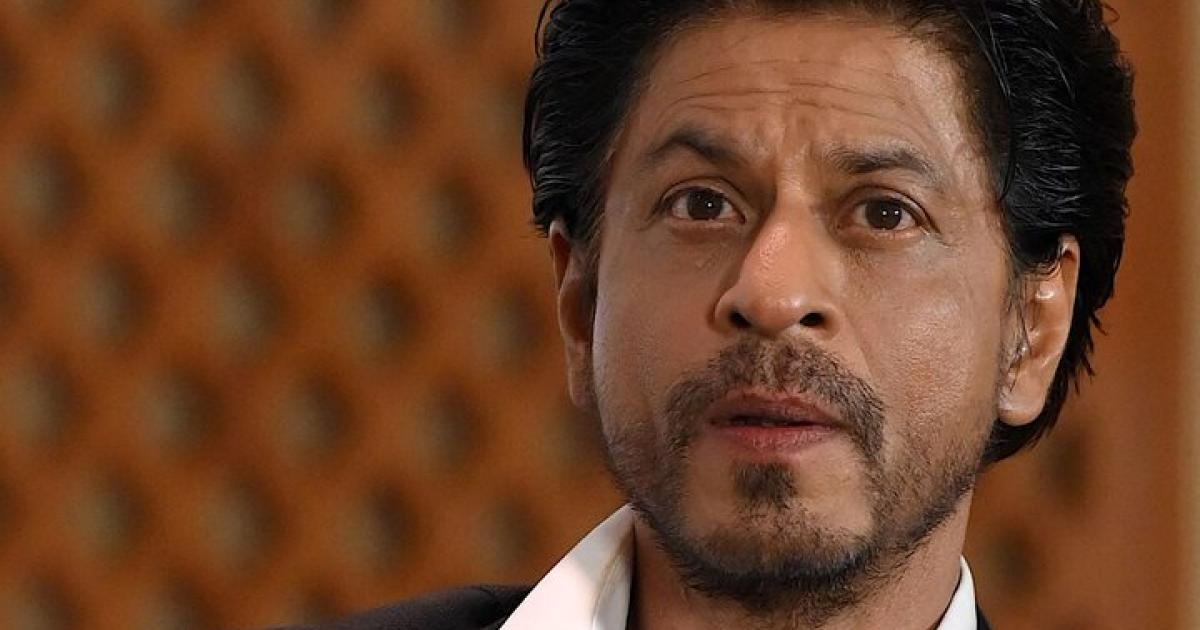Eighty years ago, Sr. Dr. Mary Glowrey JMJ, physician and missionary born and educated in Australia, India’s largest non-governmental healthcare network. It is now called the Catholic Health Association of India (CHAI) and comprises over 3,500 medical and social services for its members across the country. Thousands of nuns from different congregations, including more than 1,000 doctors, form the core of CHAI’s full-time volunteer team. They work in collaboration with health professionals in the network.
Sister Mary of the Sacred Heart JMJ, as Mary Glowrey’s religious name is, was the first Catholic nun to also practice medicine. She received permission from Pope Benedict XV in 1920 – 16 years before canon law allowed other nuns to do the same. During her 37 years of service, Sister Mary oversaw the treatment of hundreds of thousands of patients and the construction of a new hospital. She established medical education and laid the foundation for a Catholic medical school in India.
first years
Mary Glowrey was born in 1887 in a small town in Victoria, Australia. His grandparents were Irish immigrants. The Glowrey family belonged to a large rural community. A devout Catholic, Mary enjoyed loving relationships with her parents and five siblings.
The intelligence, the love of God and the sensitivity of Mary were manifested from an early age. At 13, she left home to complete her secondary education in Melbourne, more than 300 kilometers away, on scholarships. Mary considered medicine her first calling; she had prayed for direction regarding her studies. In 1910, at a time when many considered the medical profession unsuitable for women, Mary earned her medical and surgical degrees. Over the next decade she became a doctor and eye doctor in Melbourne.
inspiration through
another doctor
In October 1915, Mary read the biography of Dr. Agnes McLaren (1837-1913), a pioneering Scottish physician who converted to the Catholic faith. Tried in the early 20th century
doctor McLaren to alleviate the suffering of women in India. Local customs prohibited them from being treated by male doctors, and few female doctors worked in the country. Doctor McLaren founded a missionary society in London and a small hospital in Rawalpindi, and asked the Holy See for permission for nuns to practice medicine.
The call
in India
After seeing the life story of
McLaren, Mary found her calling to serve as a medical missionary in India. This vocation allowed him to mature quietly for more than four years. Her departure was delayed because of the First World War and because she needed a license to practice as a doctor and as a nun. During this period, alongside the demands of her normal work in hospitals and in her private practice, Mary served as founding president of the Catholic Women’s Social Guild in Melbourne from 1916 to 1918. In 1919, she obtained her medical degree.
In January 1920, Mary traveled to Guntur, India, in the area now known as Andhra Pradesh. There she joined the Community of Jesus, Mary and Joseph (JMJ), a Dutch congregation founded in Guntur in 1904. The JMJ sisters had been praying for a doctor for many years.
new start
Prior to her arrival, Mary knew very little about her new country and the WYD sisters, but barely a month later she wrote to her family in Australia to tell them that she felt at home there and that she was not born in India “just by accident”. “.be.
Countless vulnerable people in local society needed medical attention. During her first year in India, Sister Mary developed a vision for the future of widespread Catholic health care and education. For her, taking care of the body was like taking care of the soul. In Guntur, Sister Mary began to take care of the medical treatment of all those who needed help, especially women and children. This linguistically gifted woman learned both the local language, Telegu, and Dutch, the language of her sisters. She gained confidence using traditional remedies when other medicines were not available.
Like a lighthouse
A decade after the arrival of
Sister Mary in India, her superior at Guntur wrote to Mary’s parents comparing her to a lighthouse. “She is always in the background, but she spreads the light of her good deeds far and wide.”
Although WYD sisters in Europe and Australia have appealed for funds, resources have remained scarce. Faced with a myriad of challenges over three decades, Sister Mary’s primary concern was to alleviate suffering and foster a culture of life. She led others and helped establish St. Joseph’s Hospital in Guntur; she also created courses in midwifery, pharmaceutical assistance and nursing.
Establish the
“Association of Catholic Hospitals”
On July 29, 1943, Sister Mary founded the Catholic Hospital Association (now CHAI) at St. Joseph’s Hospital in Guntur with other sisters from her own congregation and others. Today, CHAI ensures the supply of more than
21 million people a year, including the most vulnerable in society. The goal of CHAI’s medical staff and social workers (volunteers and full-time employees) is “health for all” through sensitive, affordable and high-quality medical care.
your legacy
work on
For decades, Sister Mary worked and prayed for the establishment of a Catholic medical school. Six years after his death in May 1957, St. John’s Medical College opened in Bangalore. This year it celebrates its Diamond Jubilee.
The process of canonization of Sister Marie, currently underway at the Dicastery for the Causes of Saints, began in 2010. She was proclaimed a Servant of God. Her legacy lives on in the work of the CHAI and JMJ sisters in India, and her life continues to inspire many Australians and others who visit her home, which became a museum nearly two decades ago, in the Archdiocese of Melbourne.
#projectsisters
By Fiona Power
Curator of the »Mary Glowrey Museum«
in Melbourne, Australia

“Unable to type with boxing gloves on. Web maven. Infuriatingly humble creator. Typical tv specialist. Music aficionado. Proud explorer.”





